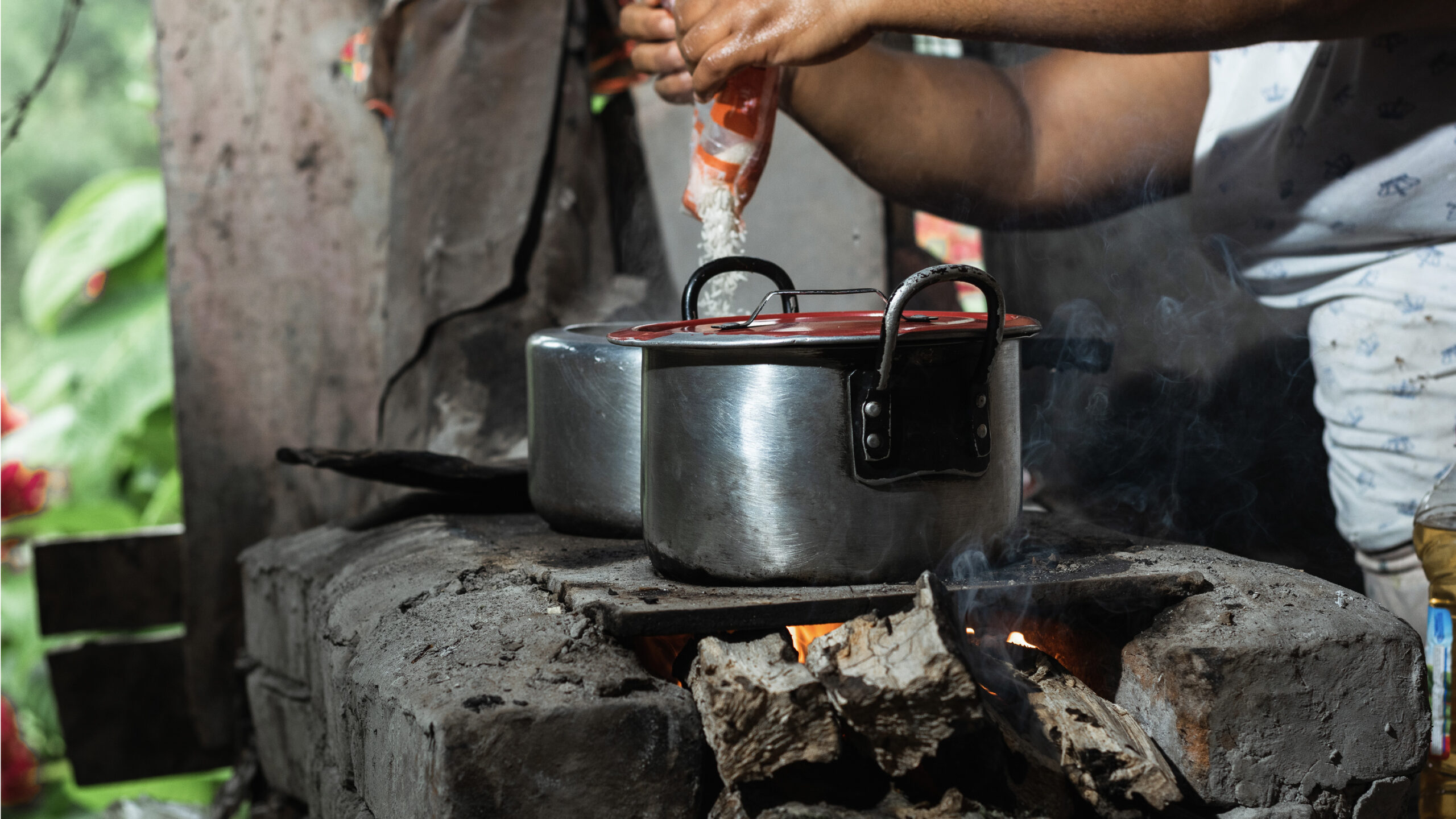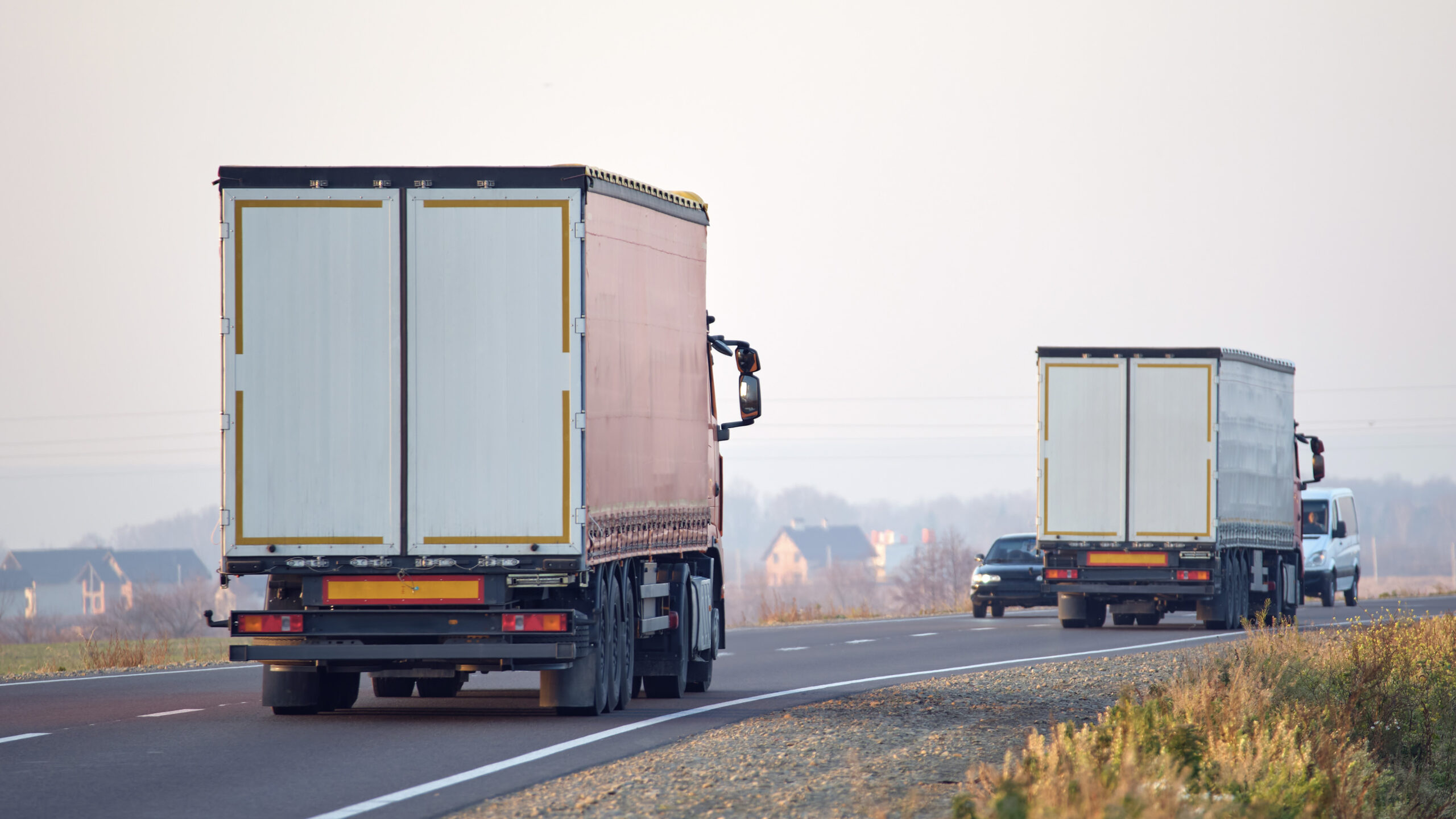
Cookstove carbon credits under pressure after report alleges ‘pervasive over-crediting’

Cookstove carbon credits can be used to finance cleaner and more efficient ways of cooking in developing countries. But research has raised doubts about their contribution to emissions reduction
Around 2.3bn people around the world still rely on polluting fuel, such as charcoal or wood, for cooking, according to the World Health Organisation, and cookstoves using traditional “dirty” fuels produce household air pollution that is linked to lung cancer and childhood pneumonia, and causes around 3.2mn deaths a year.
In response, the financing of “cleaner” cooking equipment, such as electric cookers, has surged in recent years and driven the creation of so-called “cookstove carbon credits”, which help companies offset their carbon emissions.
According to the Clean Cooking Alliance, equipment companies it surveyed received more than $23mn in carbon revenues in 2022, with carbon credit sales at 45 times the levels registered in 2017. Oil and gas giants, including Shell and BP, have also invested in clean cookstove projects, receiving carbon credits in return.
Chris McKinney, chief commercial officer at Kenya-based clean cooking appliance developer Burn, says: “The carbon markets have proven to be a totally transformational tool to scale green cooking. I’ve been working on this for 10 years, and when I started there was no funding mechanism that existed to deploy green cooking at scale.”
Burn uses debt to subsidise the costs of stoves for homes by as much as 95 per cent. The stoves generate carbon credits between their lifetime of seven to 10 years, which are then used to repay the initial debt investment.
The cultural importance of traditional cooking methods has, however, made the switch to cleaner technologies more difficult than envisaged, according to a briefing note by the Duke Global Health Institute. Meanwhile, concerns about the integrity of carbon markets – and specific problems with cookstove credits – are creating challenges for the market.
The price of carbon credits was hit in 2023 by controversies surrounding the market. The average carbon credit spot price for household devices, which includes cookstoves, fell last year to $5.90 per tonne of carbon dioxide equivalent, according to the Clean Cooking Alliance – 38 per cent below the average price for 2022.
Further doubts have been sown by the release of a University of California, Berkeley research paper in January, which alleges “pervasive over-crediting” in cookstove carbon credits. The researchers found the projects they assessed were over-credited 9.2 times, raising concerns about the methodologies underpinning these credits.
Expert at non-profit Carbon Market Watch Benja Faecks says: “Cookstoves are a promising project type. However, there have been major issues with quantifying the extent of the resulting emissions reductions. Over-crediting delays real emission reductions and undermines the credibility of this kind of activity, regardless of the sustainable development co-benefits cookstoves deliver.”
Causing controversy
The Berkeley paper assessed 40 per cent of issued cookstove carbon credits, comparing five cookstove methodologies. It found flaws in the way these different methodologies collect data, suggesting biases within surveys of households’ uses of clean cookstoves.
For example, under the “AMS-II-G” methodology, households were asked if they had used the cleaner stove in the past week or month, and credits were generated for householders that responded yes “as if they used the stove 100 per cent of the time for the entire 1-2 year crediting period”, the paper says.
It adds that most of the projects’ over-crediting “stems from lack of rigour and flexibility” in how methodologies determine areas such as the adoption and use of cookstoves, despite these methods being periodically updated.
The controversy has prompted a stern response from carbon registry Verra, which points to “serious substantive concerns about this research raised by other academic professionals and experts”, though it adds that it is developing a new methodology for cookstoves.
Responding to a preliminary version of the Berkeley paper last year, a letter signed by cookstove researchers in September 2023 accused the paper’s authors of having conducted an “unrepresentative sampling of carbon cookstove projects” and of being affected by “conflicts of interest and possible bias”.
However, the paper’s authors tell Sustainable Views: “In an effort to reflect the majority of the market, we chose a purposive sample that initially represented the largest projects to cover a substantial portion of credits on the market and that was representative of country and stove type.
“In response to comments by peer reviewers that we should diversify project size as well, we expanded our sample by 10 projects with a random sample of small and medium projects. As we predicted, the results changed very little,” they add.
Rejecting the accusations of conflicts of interest and bias, the authors pointed out that US government agency the National Science Foundation, the US Department of Education and other sources provided most of the paper’s funding.
Other carbon markets participants have defended the Berkeley paper findings.
The paper is “not wrong”, Teresa Hartmann, chief ratings officer at carbon rating agency BeZero Carbon, tells Sustainable Views. “The reason that we assess cookstoves to be higher risk projects are over-crediting and additionality.” A carbon project is considered “additional” if the emissions reductions or removals would not have taken place without revenue from selling the carbon credits.
“There are problems in determining the baselines; it’s very difficult to actually accurately determine how much the stoves get used. The market has fully realised that there are inadequate calculations happening in cookstoves right now,” Hartmann adds.
Other experts have raised concerns about the way project developers monitor the use of stoves. For example, the issue of “stacking” – also is raised in the Berkeley paper – occurs when the household uses the cleaner cookstove in addition to the older stove.
“Some cookstove projects fail to consider the cooking practices, cultural preferences and needs of the users. As a result, the stoves may not be used as intended,” carbon database Sylvera ratings program manager Shachar Hatan wrote in a briefing last year.
Consensus required
Experts including those interviewed for this article have previously told Sustainable Views of the need for greater regulation across carbon markets, which they argue could halt buyers’ receding confidence and support a recovery in carbon prices.
In the meantime, industry bodies including the Integrity Council for Voluntary Carbon Markets have established standards aimed at restoring integrity to the market. The ICVCM’s core carbon principles set out 10 standards targeting governance, emissions impact and sustainable development in carbon markets.
“Efficient cookstove projects have a vital role to play in the voluntary carbon market,” says Amy Merrill, interim chief operating officer at the ICVCM, in a statement. “Over the coming months we will assess carbon crediting programmes that certify credits from cookstove projects and the methodologies they use” for adherence with the council’s CCPs, she adds.
The Clean Cooking Alliance is working on a new methodology that will use conservative data and eliminate the need for multiple methodologies. Elisa Derby, senior director for climate science and standards at the alliance, says it will be published for consultation in the coming months, underlining the need for “evidence-based methodologies” that are “accessible to a wide range of companies and project developers delivering solutions that fit local contexts”.
“Not all methodologies are created equal,” admits Burn’s McKinney. “We need to come to a consensus as an industry” on best practices, he adds.
Similar Articles

Climate scientists pressure SBTi over plans to extend carbon credit use for Scope 3 emissions

IETA challenged over carbon credit use for short-term corporate emissions targets


